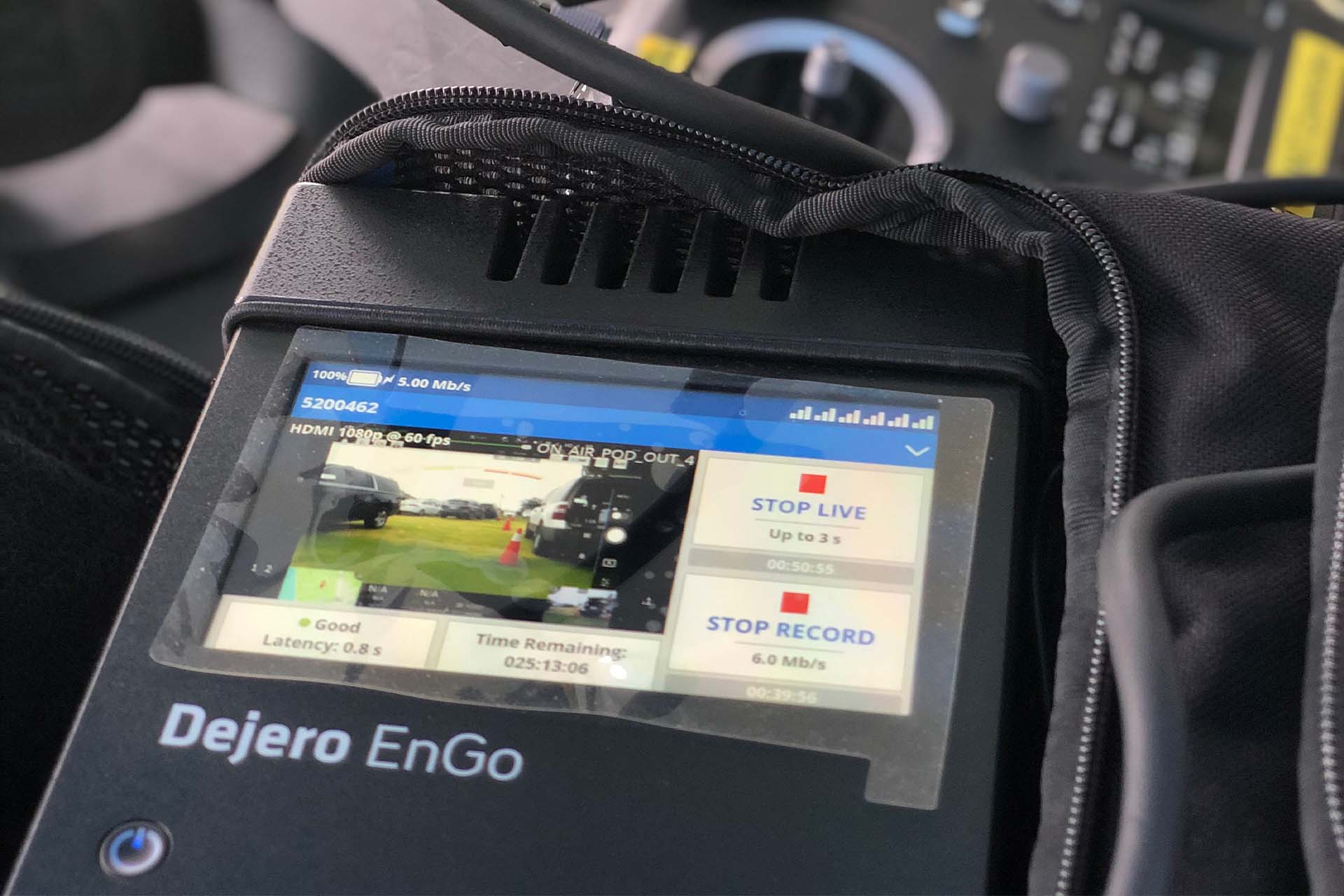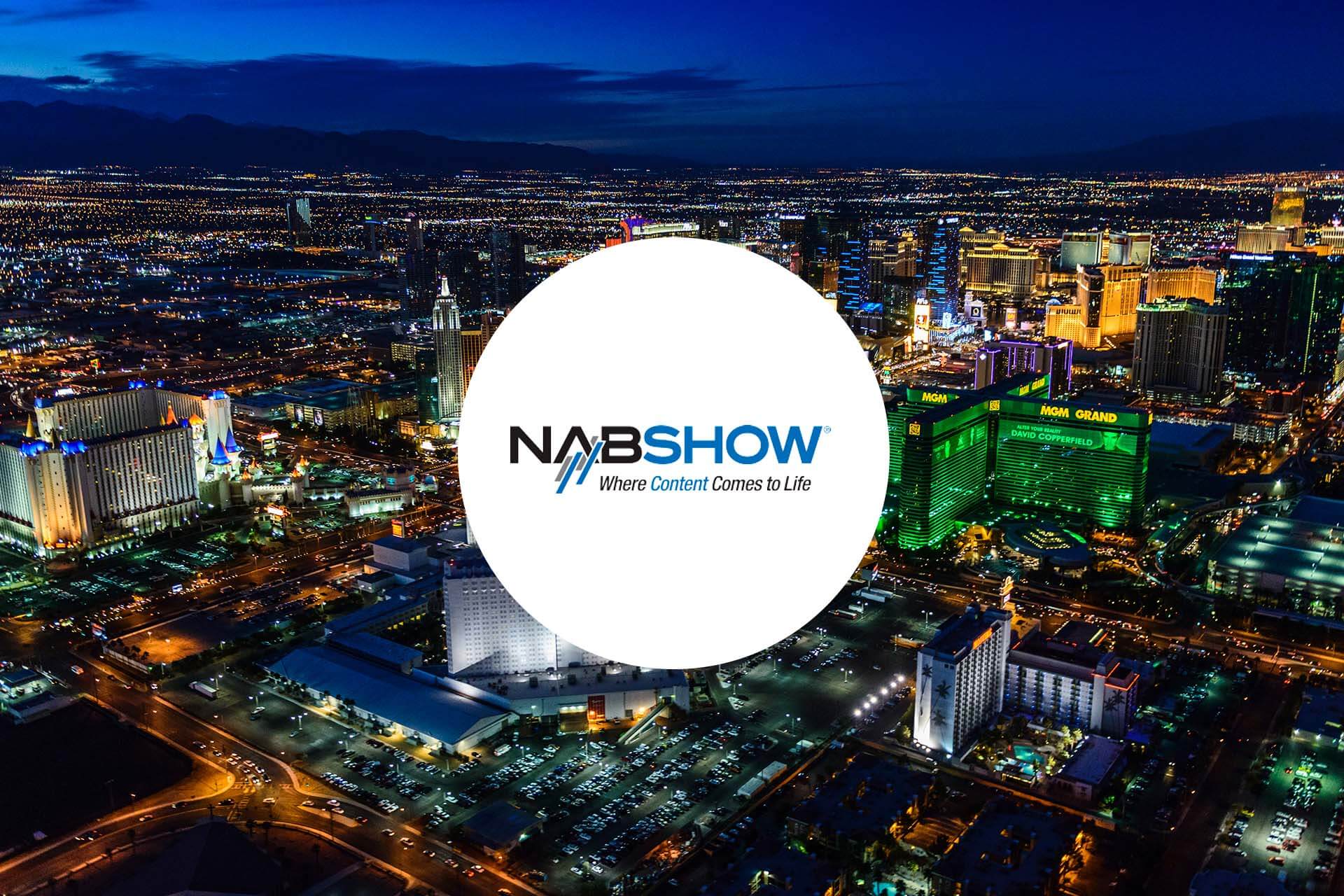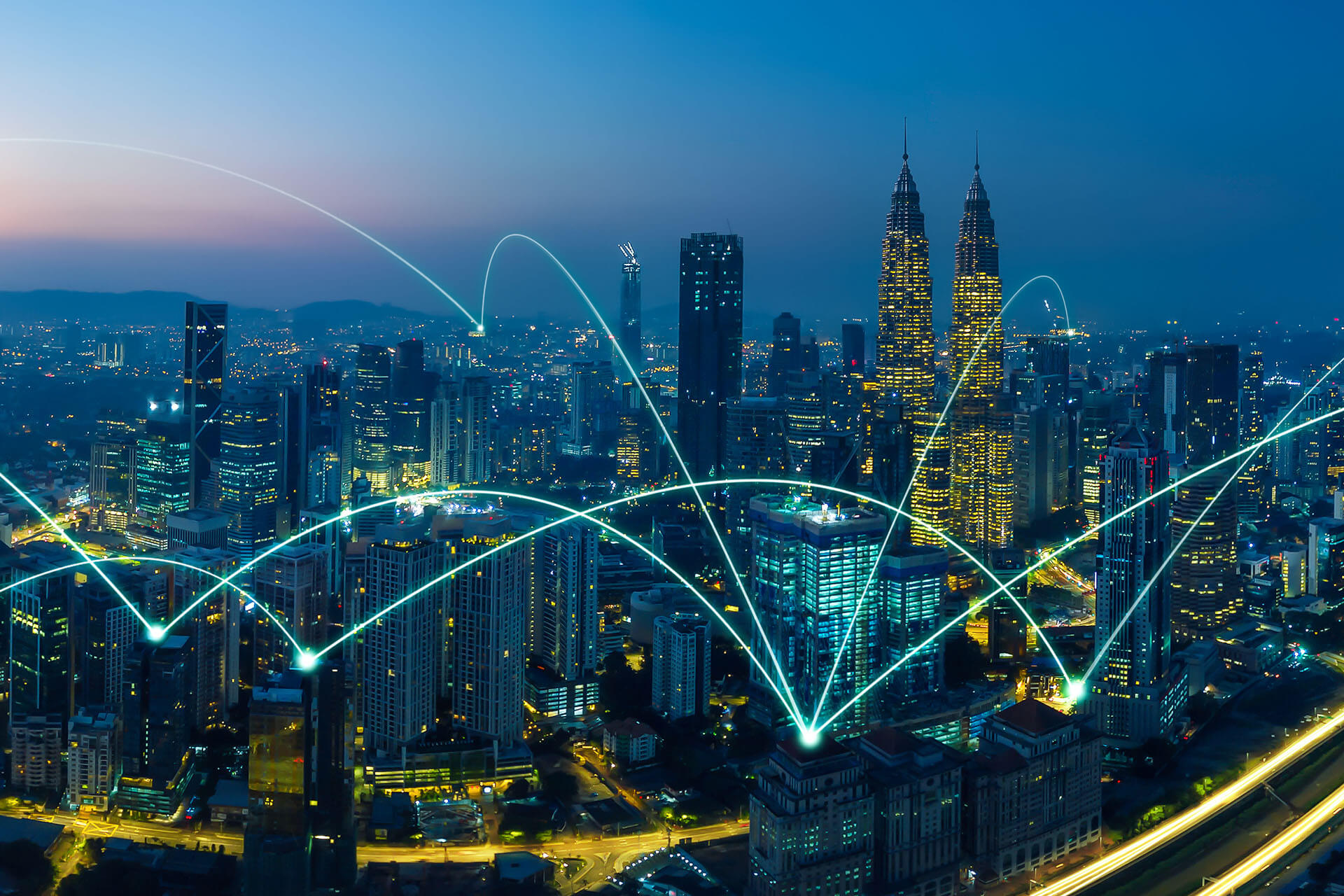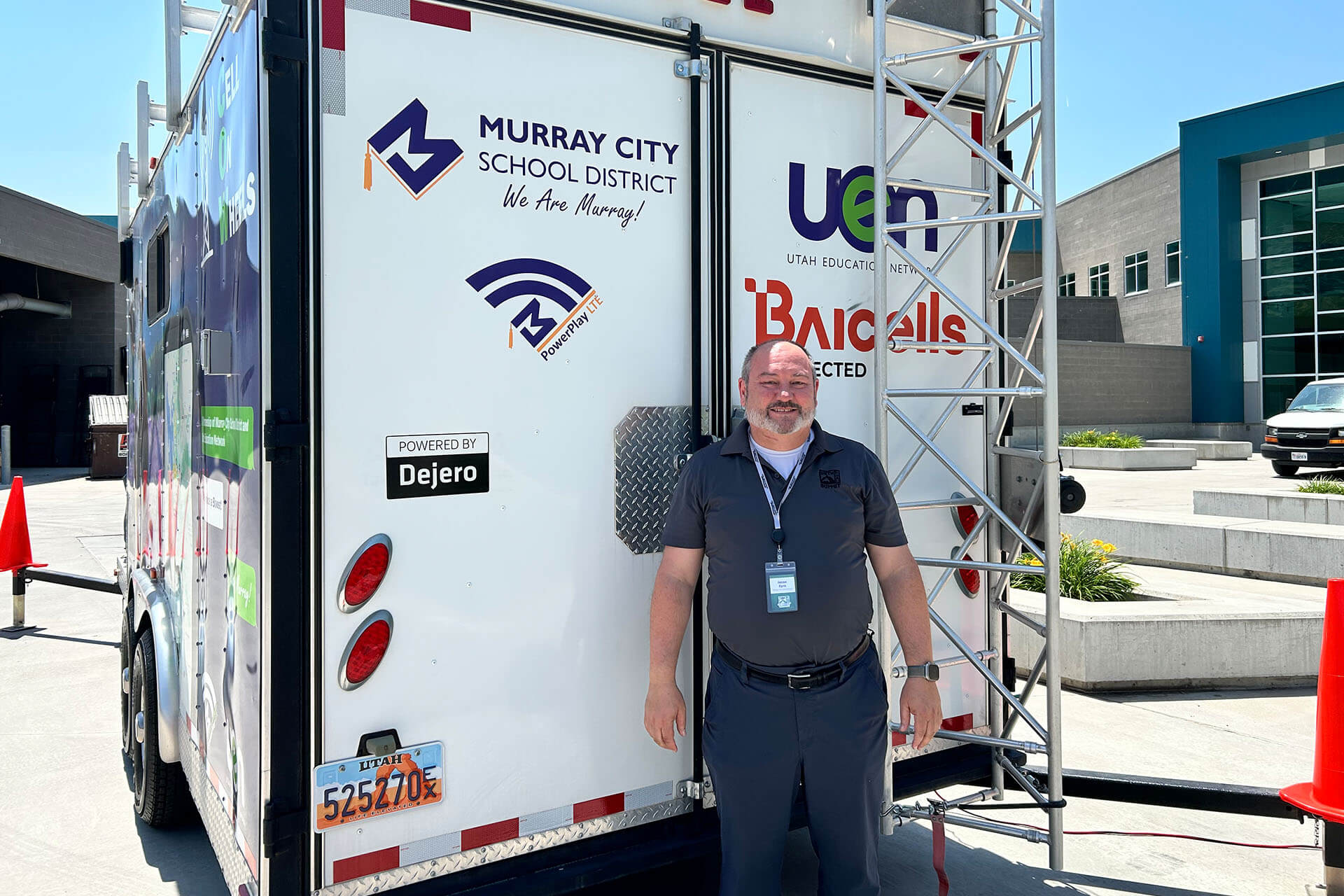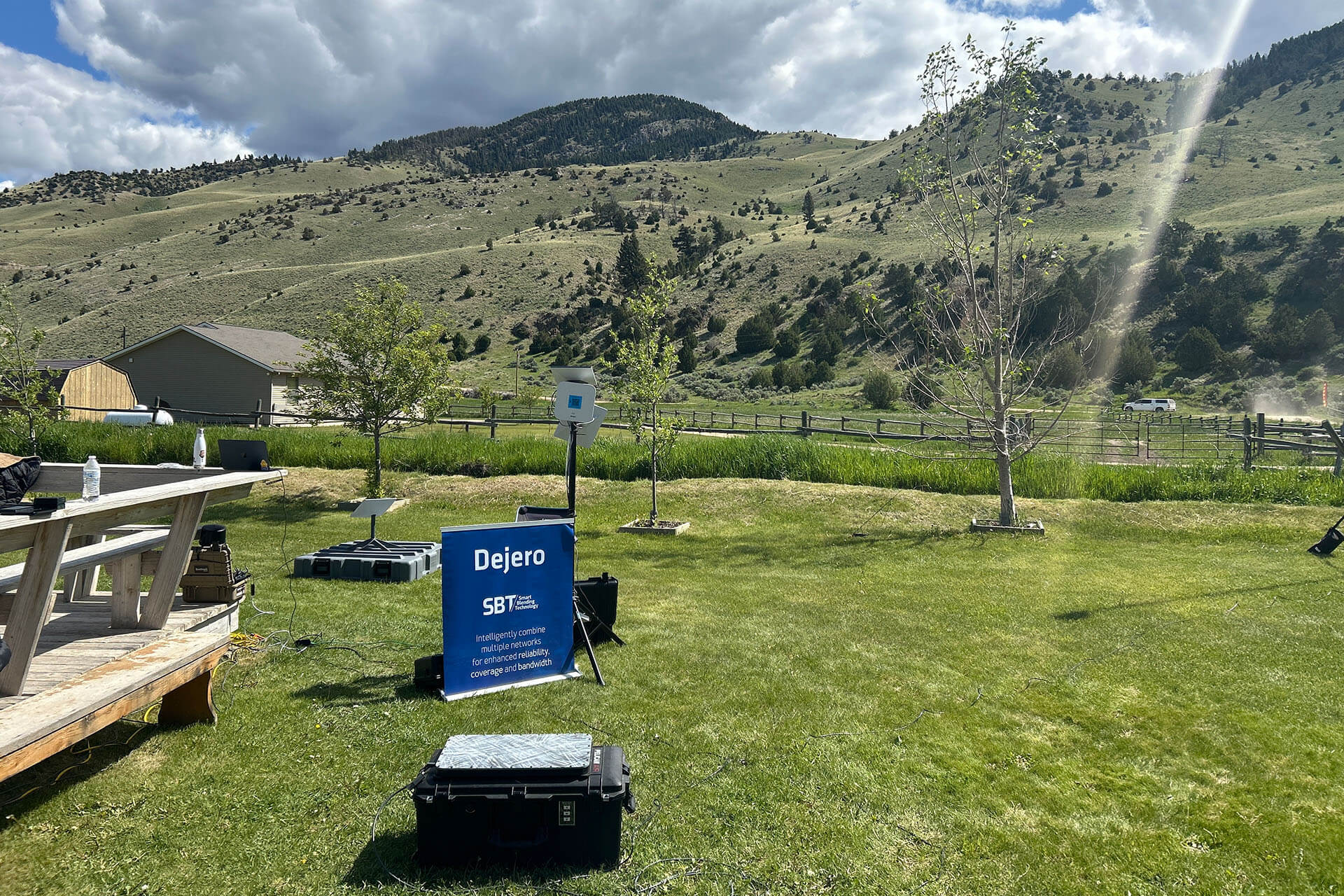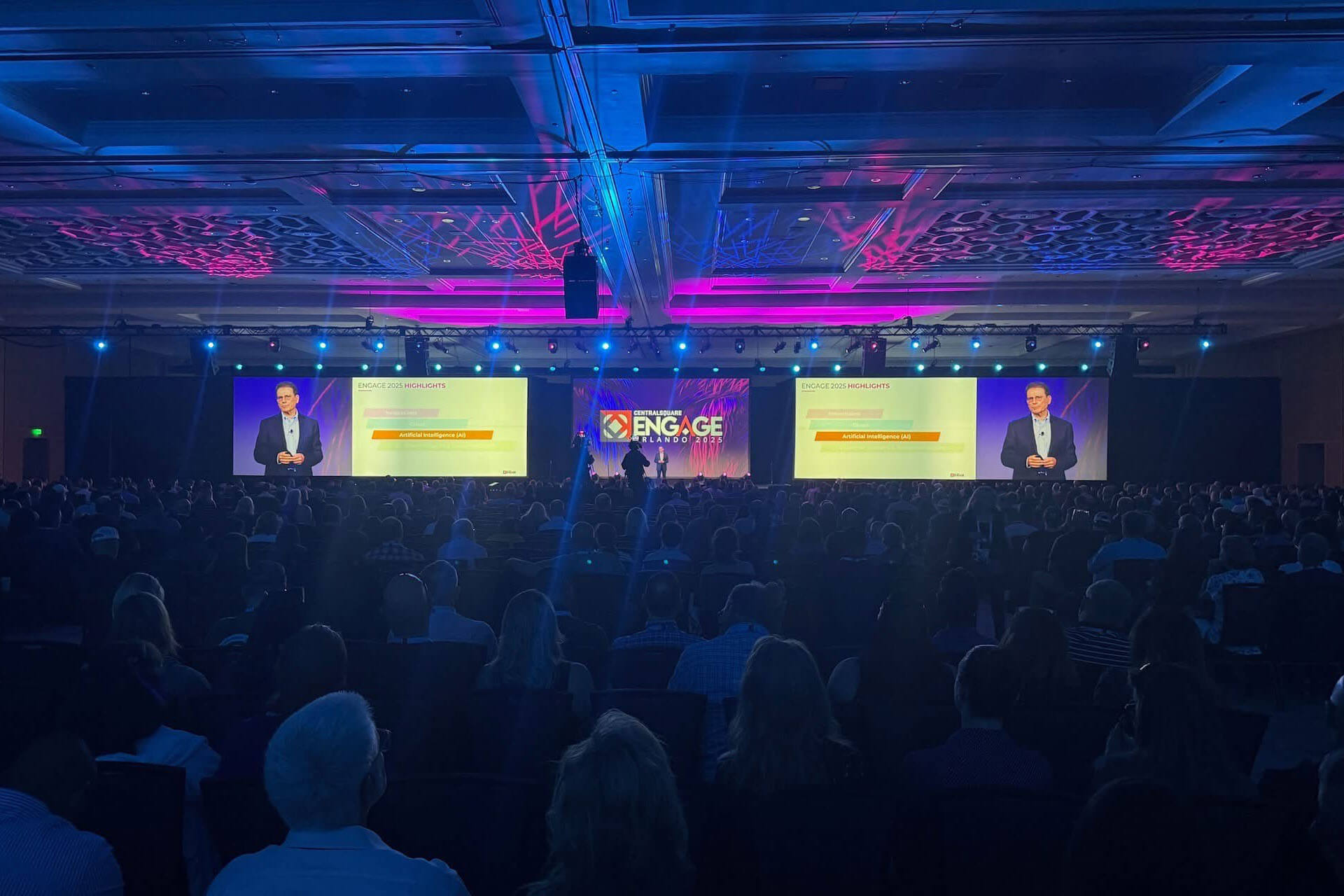As originally published by John Lockhart on LinkedIn.
As more and more people migrate to urban habitats, city leaders and administrators have an increased responsibility to understand and manage the impact on our municipalities and community livability.
This key realization is in all our interests as we strive towards more sustainable habits, more efficient ways to keep communities safe and productive, enable safer work practices, and Smarter Cities. All of these tenants give us the capabilities to accomplish these outcomes. Having the ability to compile and analyze data at the time it is created from traditional networks and services to help make them more efficient, more sustainable, and more beneficial to the people who live there. This goal can be accomplished by leveraging the data wherever and whenever it is generated and processing it in real time.
Data from Smart Cities can be used in countless ways, from improving urban mobility to reducing waste and demands on government infrastructure. Using locational data from edge computing sources, which is generated closer to end users and devices, provides real-time insights into a myriad of workflows such as greenhouse gas emissions from traffic congestion and flow patterns. These systems in turn have the capability to aggregate data over time providing both historical and contextual information about congestion, traffic flow and emission levels, and can also assist in making predictable decisions to help determine how and where to adjust parameters such as signal timing and duration.
Edge data from Smart Cities provides many approaches to better manage assets and effective usage of a city’s resources and services.
But to accomplish these clear outcomes effectively there are challenges that must be overcome, and like most data-driven initiatives, the delivery of data must be secure and timely.
Security and delivery
Dell Technologies has been helping implement Smart City ecosystems for years, and the introduction of its NativeEdge technology is a huge step forward. NativeEdge enables a centralized management facility to securely onboard and securely connect and manage all edge hardware assets at scale while its diversity with ecosystem partners like connectivity leader Dejero enables critical connectivity wherever those assets are located.
The result is centralized decision making that is not only better-informed, but faster to implement, more beneficial to the environment and better suited to meet the needs of people living in densely populated areas.
Simple, secure, and optimized
Dell Technology’s collaboration delivers multiple unique technologies which empower smart city living. Uniquely, Dell Native Edge devices have zero-trust onboarding and zero-trust provisioning. Once devices are deployed in the field and connected to the edge orchestrator in a data center or cloud environment, onboarding is automated with Zero Trust security at the edge.
The application payload is a composite of multiple applications facilitated through an automated process over a single connection before it is enabled in the field. It means we can build a secure wall around every device in the field which secures the edge and only receives payloads from known or trusted sources. In addition, Native Edge technology simplifies installation, configuration and deployment at scale over the entire network; when more advanced edge devices are switched in, there is no requirement to rework connectivity, simplifying the way applications are enhanced as technology evolves.
Robust and remote connectivity
Dejero’s Smart Blending Technology™ allows administrators access to this data in real time and with reliable connectivity to the edge, wherever it is. Its GateWay 3220 device was designed with Dell Technologies with integrated Smart Blending Technology to provide network diversity across both wired (broadband/fiber) and wireless (3G/4G/5G, Wi-Fi, satellite) connections.
Spreading the load across a range of carriers and service providers means that Dejero is able to take advantage of all the available connections rather than having to rely on one specific carrier. For additional security, Dejero monitors every path for any degradation in performance, such as usage spikes in cell towers, and automatically reroutes packets in real-time across other paths if any issues arise.
This intelligent blended connectivity means the NativeEdge framework can be extended to connect to areas with historically poor connectivity, as well as provide reliable connectivity to edge devices at a fraction of the cost. Ensuring data aggregation occurs from anywhere, further adding value by enabling higher-bandwidth functionality transferred over the same secure connection.
Saving lives
The ƒcance of critical connectivity enables emergency responders such as firefighters in remote locations to access building data, sensor data, real time weather reports; all data types occurring at the edge aggregated and pushed through in real time through reliable connectivity supplied. Having the ability for doctors to remotely connect to first responders in the field is a huge benefit; imagine being able to guide a paramedic through a detailed procedure while enroute to a hospital. These technologies when enabled can literally save lives.
The combination of Smart Blending Technology coupled Dell Technology’s NativeEdge platform enables all smart city endpoints to deliver real time data for sustainability, urban mobility, and public safety. And while NativeEdge capability makes it easy to run real time analytics, data transfer is faster and more reliable using Dejero’s connectivity technology.
Orchestrating a symphony date for Smarter Cities
Think of it like an orchestra where urban mobility services are the string section, with the horns and percussion sections for sustainability and public safety: NativeEdge coalesces the disparate systems into a cohesive framework creating harmony for the city, complemented with Dejero’s Smart Blending Technology to drive it home. It's simply a matter of synchronizing the instruments in different ways to assess all the information in real time, achieving outcomes benefitting all who live in the urban areas.
A well-connected robot dog at Dell World
Dejero will be demonstrating its Smart Blending Technology at Dell Technologies World 2024 in Las Vegas (May 20-23) at the Venetian exhibition center with their GateWay 3220 devices stationed around the Digital Cities Pavilion. Providing reliable connectivity across different sections of exposition, additionally Dejero’s GateWay 3220 will deliver connectivity to Spot, a Boston Dynamics’ robot dog with applications across the manufacturing, energy, construction, education, and military industries. Using a single 5G and LTE modem, the GateWay will enable Spot to be remotely controlled as a standalone edge device, in much the same way as all Dell Technologies NativeEdge devices.
Spot will further illustrate the additional security of sharing a VPN over a shared Smart Blending Technology network connection. As an internet-enabled edge device it is easy to add military grade encryption like AES 256 through a VPN, and blending connectivity between multiple carriers means that even if one network goes down the VPN network stays up. It solves the inherent challenges with traditional failover models where another network needs to pick up the VPN if another goes down.
The future
The Zero Trust security capabilities of NativeEdge is a huge value add unique to Dell Technologies. Combining security and reliable connectivity for all edge devices enabling a city’s endpoints with dependable real-time internet to benefit and foster advancement to all our futures.

Sources
https://unece.org/housing/smart-sustainable-cities
https://energy.ec.europa.eu/topics/research-and-technology/energy-and-smart-cities_en
https://www.theguardian.com/news/datablog/2009/aug/18/percentage-population-living-cities
https://www.un.org/uk/desa/68-world-population-projected-live-urban-areas-2050-says-un
https://www.statista.com/statistics/274520/global-share-of-people-living-in-cities/
https://www.brookings.edu/articles/its-not-just-cities-suburbs-and-exurbs-need-to-adopt-and-implement-climate-plans-too/
https://www.worldbank.org/en/topic/urbandevelopment/overview#1

